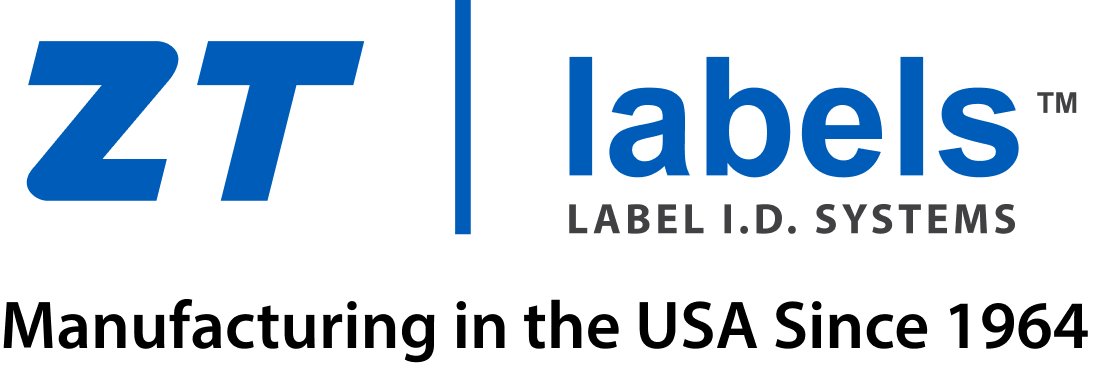Labels are an integral part of product packaging, logistics, and inventory management. While they might seem like a minor expense, the true cost of labels goes beyond the price tag. Understanding these hidden costs can help businesses make more informed decisions and optimize their labeling strategies.
Direct Costs
The most obvious expense is the direct cost of the labels themselves. This includes:
- Materials: The type of paper or synthetic material used, along with any special finishes or adhesives.
- Printing: The cost of printing labels, which varies depending on the complexity of the design, colors used, and the printing method.
- Design: Professional design services to create eye-catching and effective labels.
Indirect Costs
Beyond the direct costs, several indirect expenses can significantly impact the overall cost of labeling.
- Labor: The time and effort required by employees to design, print, and apply labels. Inefficient labeling processes can lead to wasted labor hours and increased payroll costs.
- Equipment: Investment in label printers, software, and maintenance. High-quality equipment can reduce long-term costs, but the initial outlay can be substantial.
- Storage: Space and conditions needed to store label inventory. Labels need to be stored properly to prevent damage and ensure longevity, which can incur additional storage costs.
- Compliance: Ensuring labels meet regulatory standards can involve costs related to research, testing, and potential redesigns if standards change.
Hidden Costs
Several hidden costs can surprise businesses if not accounted for:
- Errors and Waste: Misprints, incorrect information, or damaged labels can result in wasted materials and the need for reprints, which adds to the overall expense.
- Downtime: Equipment malfunctions or supply shortages can cause production delays, affecting overall efficiency and profitability.
- Obsolescence: Labels can become obsolete due to changes in branding, regulations, or product updates, leading to wasted inventory.
Long-Term Considerations
- Sustainability: Investing in eco-friendly labels might have a higher upfront cost but can save money in the long run through waste reduction and compliance with environmental regulations.
- Technology: Advanced labeling technologies, such as RFID tags or QR codes, might be more expensive initially but can offer significant savings in inventory management and tracking.
Conclusion
The cost of labels is multi-faceted, encompassing direct, indirect, and hidden expenses. By understanding and evaluating these costs comprehensively, businesses can make strategic decisions that enhance efficiency, reduce waste, and ultimately save money. Investing in quality materials, efficient processes, and advanced technologies can lead to long-term savings and improved overall performance.



